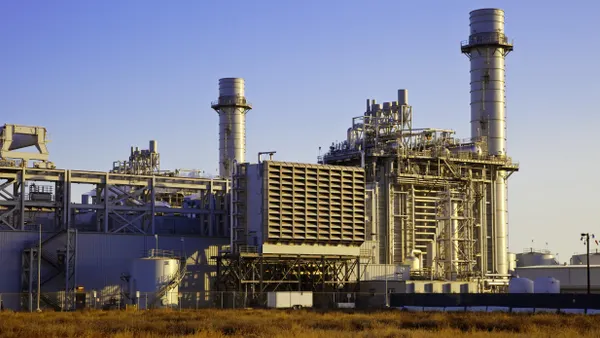Dive Brief:
- Exelon utilities are studying data center and other “high density” load interconnection requests totaling 16 GW to go with an additional 16 GW of “high probability” projects seeking to connect to the grid at the end of last year, company officials said Thursday during an earnings conference call.
- Of the 16 GW of load requests with paid deposits, Exelon expects about 10% of the load will be online by 2028, a third by 2030, three-fourths by 2034 and the remainder after that, Jeanne Jones, Exelon executive vice president and chief financial officer, said. It can take roughly 36 months to connect a large customer to the grid, she said.
- The pending data center contributes to Exelon’s expectation that it will spend up to $15 billion on transmission that isn’t included in the utility company’s $38 billion, four-year capital spending plan, Calvin Butler, Exelon president and CEO, said.
Dive Insight:
The potential for new load on Exelon’s system comes as the Chicago-based utility company and its customers face economic uncertainty, according to Butler.
“Some of our customers are broadly struggling with economic uncertainty as we all navigate updated tariff policies, federal budget reprioritization and increased energy supply costs,” Butler said.
Exelon gets about 90% of its supplies domestically, and estimates that the Trump administration’s planned import tariffs would increase the cost of its $38 billion capital plan and operations and maintenance plan by about 1.5%, according to Butler.
“With our size, scale and deconcentrated investment plan and the culture of cost discipline, we expect to be able to manage any tariff-related impacts,” he said.
Exelon is advocating for continuing the Inflation Reduction Act’s clean energy tax credits and their transferability but wouldn’t be directly affected if they are reduced, according to Butler.
Exelon utilities are helping their customers manage rising electricity bills, partly through energy efficiency programs, suspending disconnections, extended payment plans and removing any additional charges, he said.
PJM resource adequacy
On the issue of resource adequacy in the PJM Interconnection, where Exelon’s utilities operate, Butler called for a “portfolio approach” that doesn’t limit power supply options.
“We should be looking at everything,” including delaying power plant retirements and allowing utilities to own power plants, Butler said.
PJM has warned it faces looming supply shortfalls — a contributing factor to a sharp jump in capacity prices, which has caused a backlash in states such as Maryland, New Jersey and Pennsylvania where ratepayers face rate hikes in the 20% range.
Butler highlighted energy bills that passed the Maryland Legislature and are waiting to be signed by the state’s governor.
One of the bills requires the Maryland Public Service Commission to begin solicitations by October for 3 GW of dispatchable generating, including nuclear, gas, offshore wind and battery storage, according to Exelon. Selected projects would receive a fast-track review by the PSC.
It also requires 1.6 GW of transmission-connected storage, which can be owned by utilities. The legislation directs the PSC to study power purchase agreements, utility-owned generation and other procurement models for in-state generation, Exelon said. In addition, the legislation allows for 150 MW of energy storage — with up to 70% utility ownership — to connect to the distribution system.
The bill authorizes the PSC to approve forward-looking, multiyear utility rate plans.
On the financial front, Exelon’s first-quarter income jumped 38% to $908 million, or 90 cents/share, from $658 million, or 66 cents/share, a year ago, the company said in a press release. Rate increases and favorable weather helped drive the increase in income, the company said. Revenue grew 12% in the first quarter to $6.7 billion from $6 billion in the year-ago period.
Exelon’s utilities — Atlantic City Electric, Baltimore Gas and Electric, Commonwealth Edison, Delmarva Power & Light, PECO Energy Co. and Potomac Electric Power Co. — have about 10.7 million customers.















